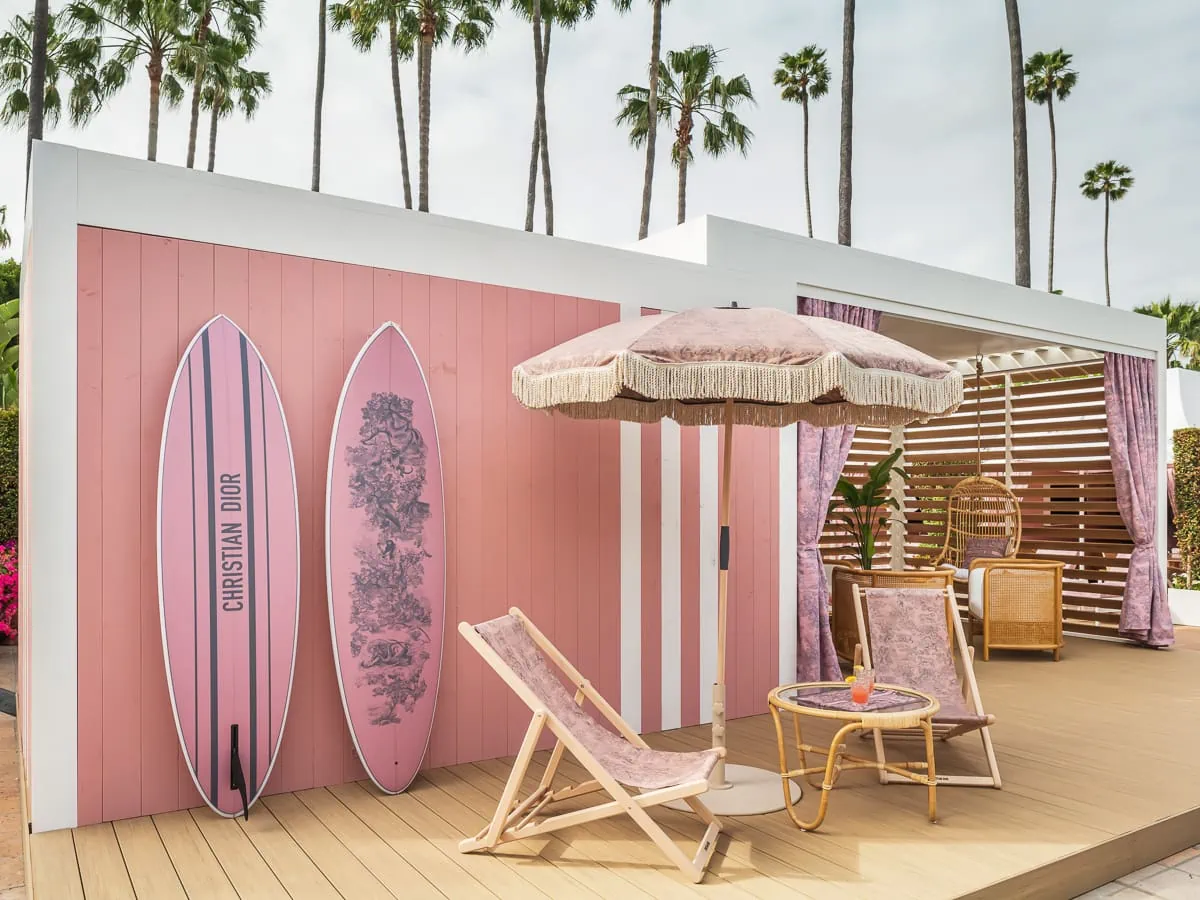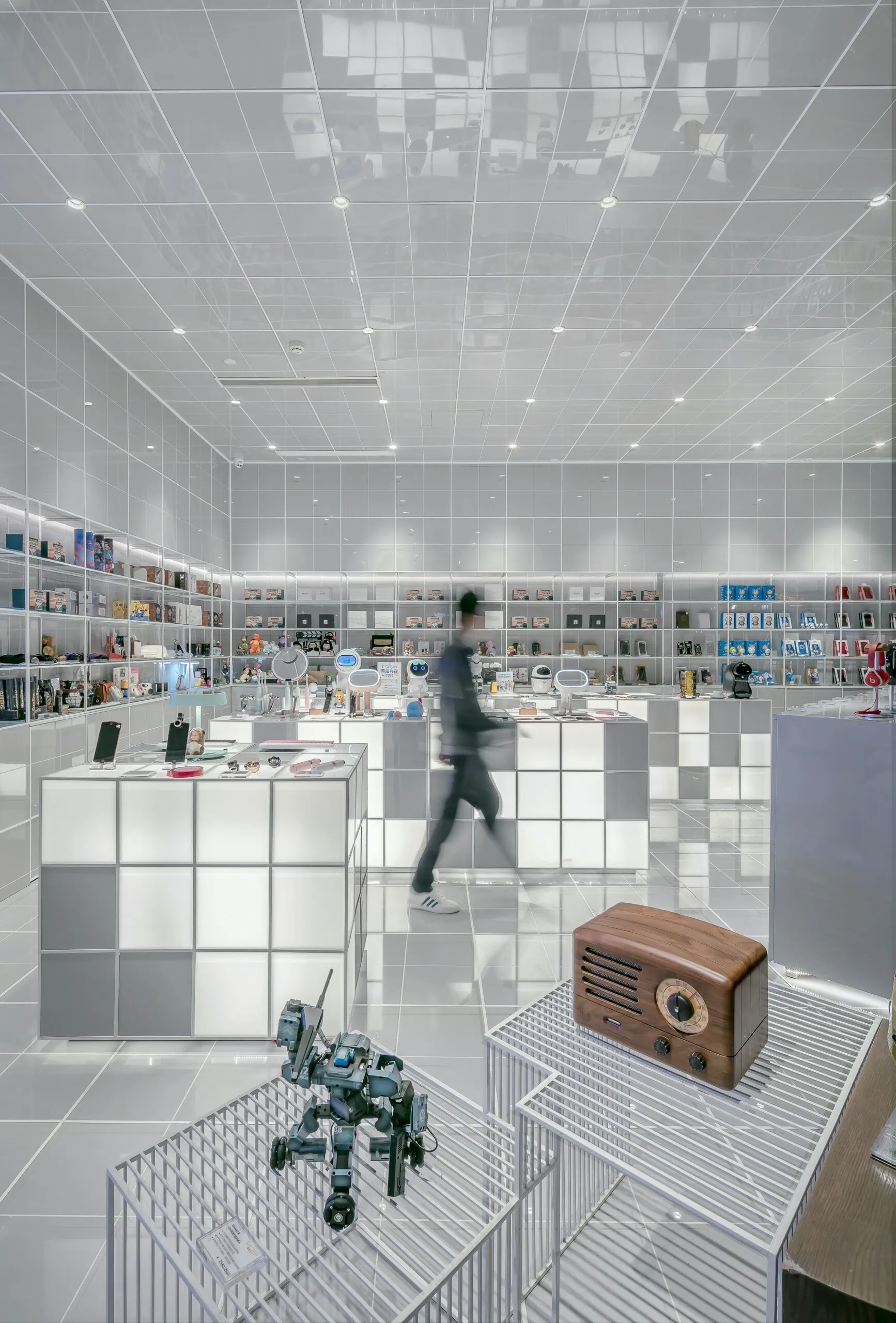# 1 Understanding brand objectives
Clearly define your brand objectives and what you aim to achieve with launching into retail, whether it’s increasing sales, brand awareness, customer engagement, or launching a new product.
#2 Know your target audience
Identify your target audience and understand their preferences, behaviours, and purchasing habits.
#3 Consider budget constraints
The boring part, but of course, essential. Different activations naturally come with different price tags, and understanding the budget will ensure no corners are cut and bigger projects don’t fall short.
#4 Evaluate timing and seasonality
Consider the timing of your retail design project. Seasonality, holidays, and industry-specific events can impact the success of a campaign. Choose a timing that aligns with your brand message and resonates with your audience.
#5 Utilise data and analytics
Leverage data to inform your decision-making. Analyse past performance data and customer feedback to identify patterns that can help guide your retail project.
By carefully considering these factors, brands can make informed decisions about the most suitable retail strategy for their specific circumstances. It is also important to stay adaptable and be willing to adjust strategies based on ongoing feedback and changing market dynamics. Below are a number of retail formats that we at Design4retail can create, from research, strategy and concept through to production and implementation.






